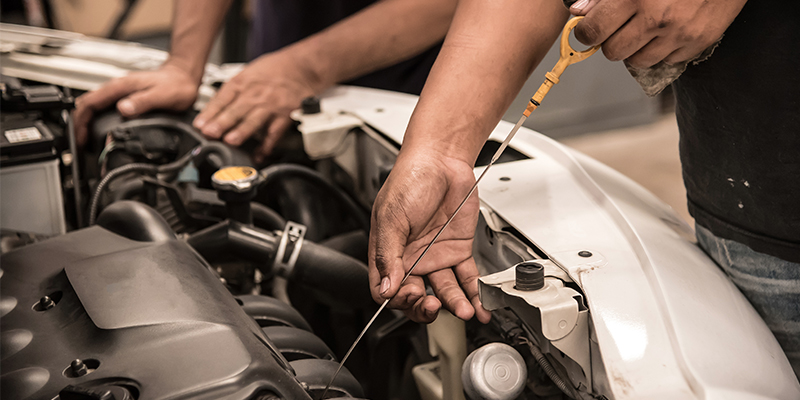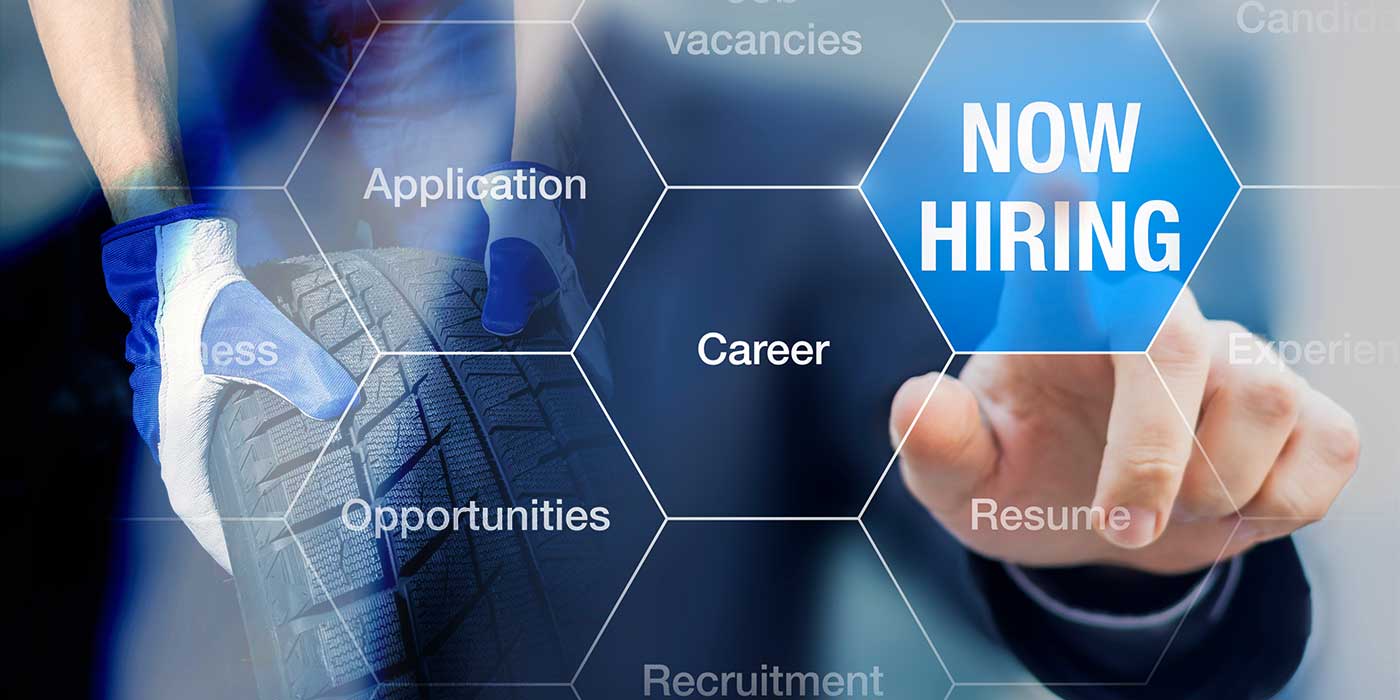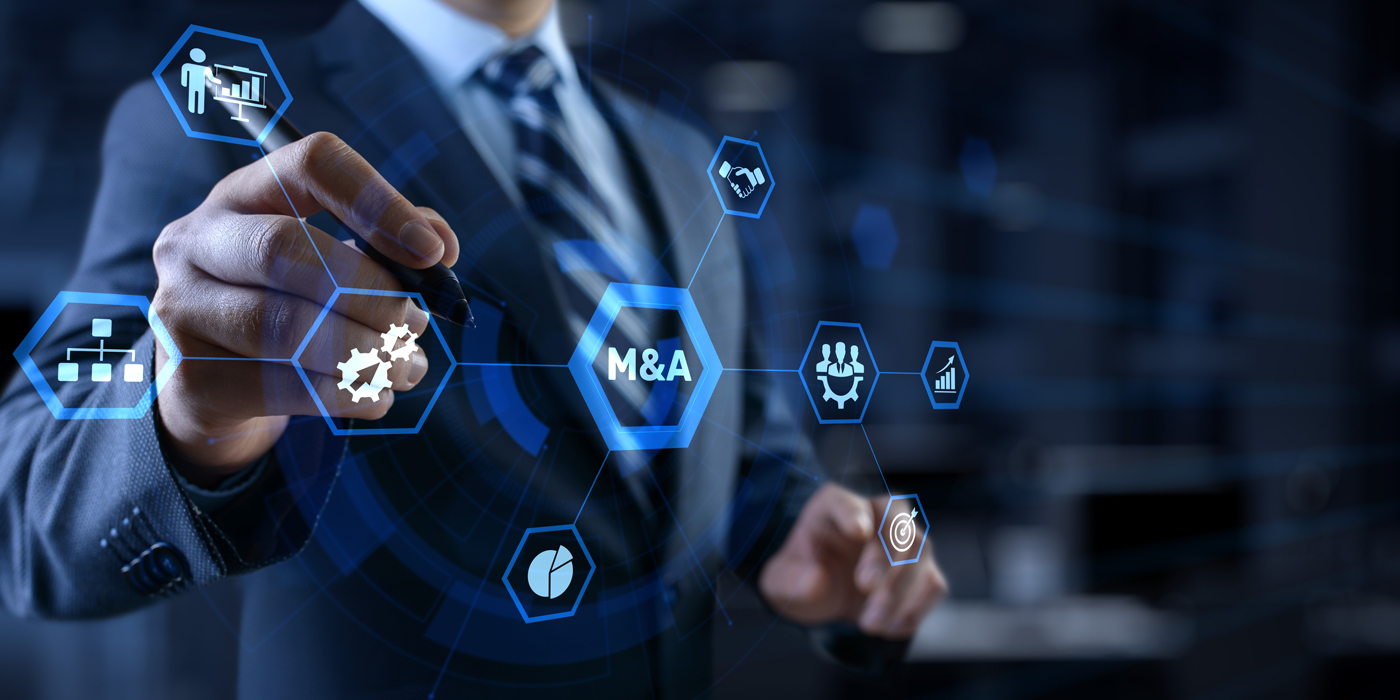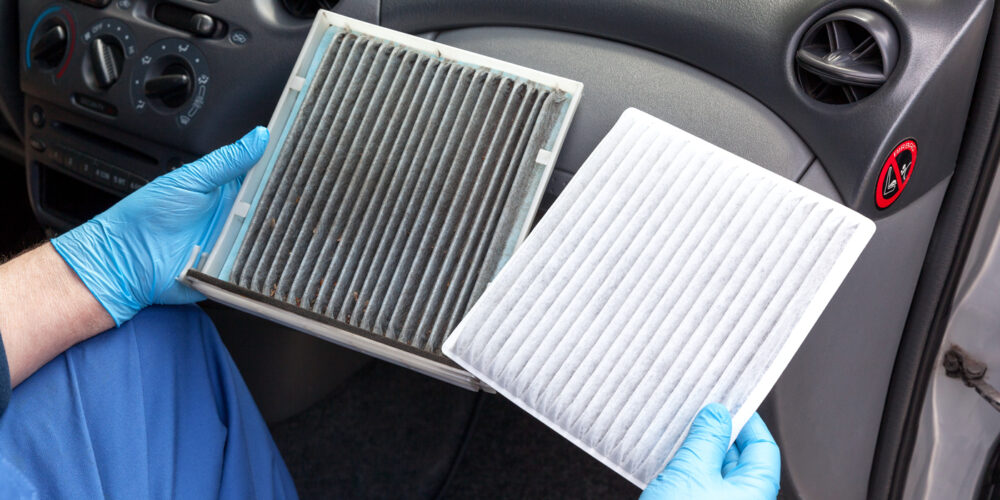
Neglected auto care almost always means much higher costs down the road in the form of more extensive repairs or lost vehicle resale value. You know that all too well, but your customers’ vehicle maintenance habits sometimes don’t stack up. One of the main contributors of unperformed maintenance is consumers’ lack of awareness and knowledge of vehicle system operation, and the need for component checks and tire inspections at specified intervals.
Older vehicles demand more attention. With the average age of light vehicles on the road at 11.8 years (according to IHS Markit), combined with 3.22 trillion miles driven last year (according to the U.S. Department of Transportation), it’s a perfect storm for tire replacements and vehicle service opportunities.
The total operating cost for maintenance, repairs and tires in 2018 was 8.58 cents per mile for a median sedan; 8.80 cents per mile for a large sedan; and 8.66 cents for a 4WD SUV, according to the American Automobile Association. As miles rack up on aging vehicles on the road, those numbers will likely rise.
Factor in that car care event check lanes documented that eight out of 10 vehicles need some type of service and the need for customer education about the value of preventive maintenance becomes paramount.
The top areas showing the highest failure rates, according to the Car Care Council (CCC), include:
- Engine Oil – 22% of vehicles tested had low, overfull or dirty oil.
- Belts/Hoses – Inspections revealed 18% of belts were unsatisfactory and at least 12% of vehicles needed a new hose.
- Air Filters – Nearly one out of every five vehicles inspected needed a new air filter.
- Check Engine Light – Fourteen percent of vehicles had an illuminated check engine light, slightly higher than the previous year’s results.
- Batteries – Battery cables, clamps and terminals were found to be in need of repair on 18% of vehicles inspected.
So, there is good reason to explain the advantages of preventive maintenance and inspect every vehicle that comes into your dealership to identify necessary maintenance and tires that are in need of replacement.
Even consider holding a car care event in October to help with that education process. The CCC’s Industry Toolbox (www.carcare.org/industry-tool-box) offers promotional tools and information designed to educate customers and help shops take advantage of opportunities created by National Car Care Month (in April and October), and all year long.
Beyond educating your customers about how much money they can save with proper vehicle maintenance, what should also come into play is how it will keep their vehicle in safe, top-running condition. That will help them take a proactive role in regularly having you maintain their vehicle, and you’ll continue to earn their lasting loyalty and repeat business.
Check out the rest of the September digital edition of Tire Review here.














